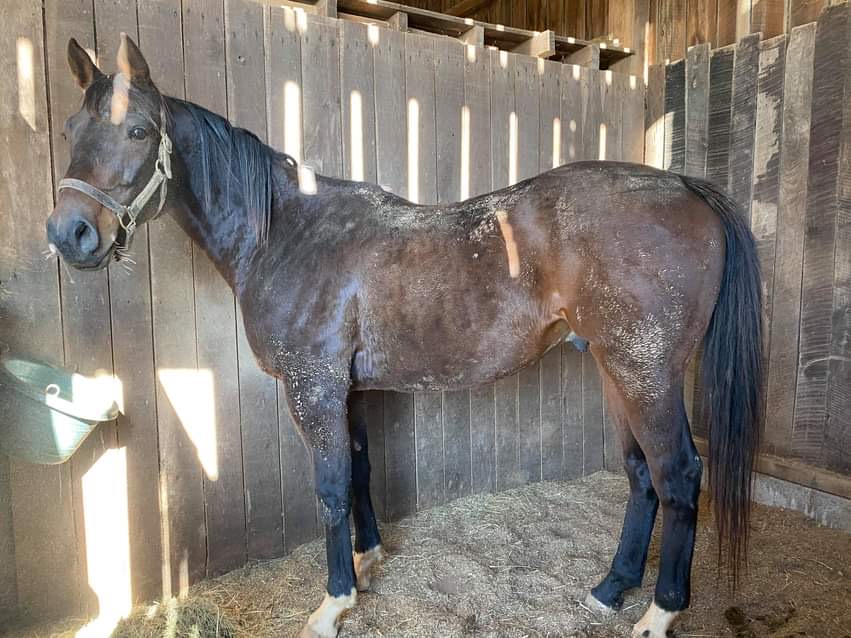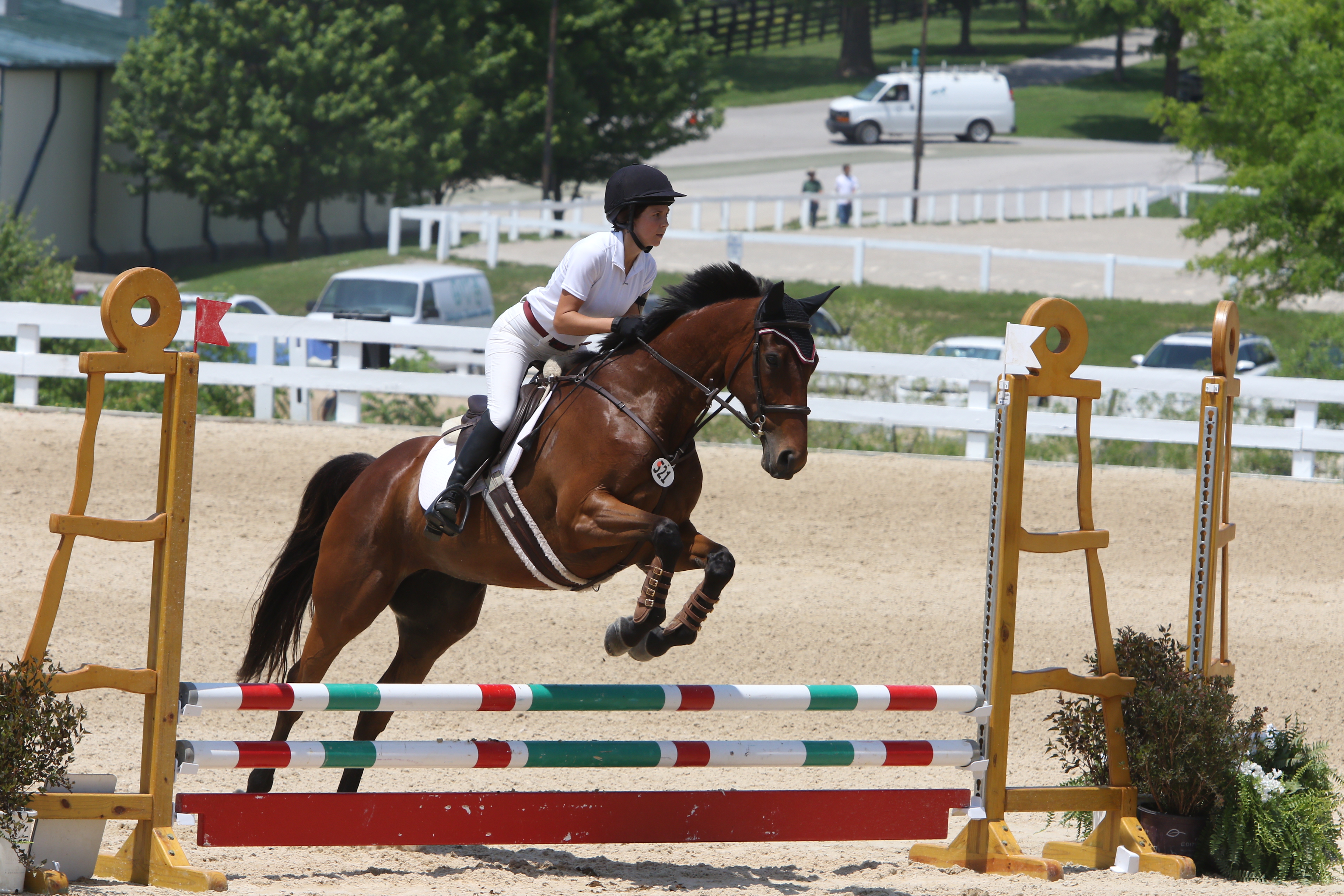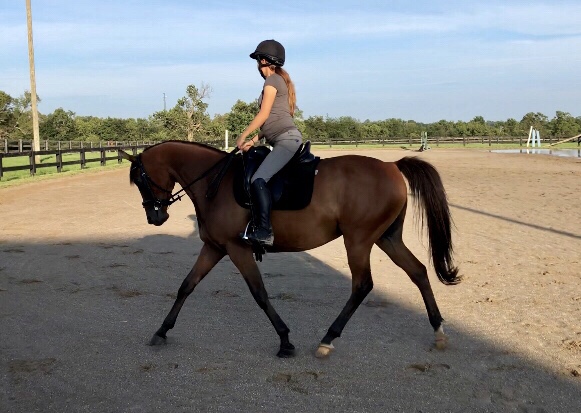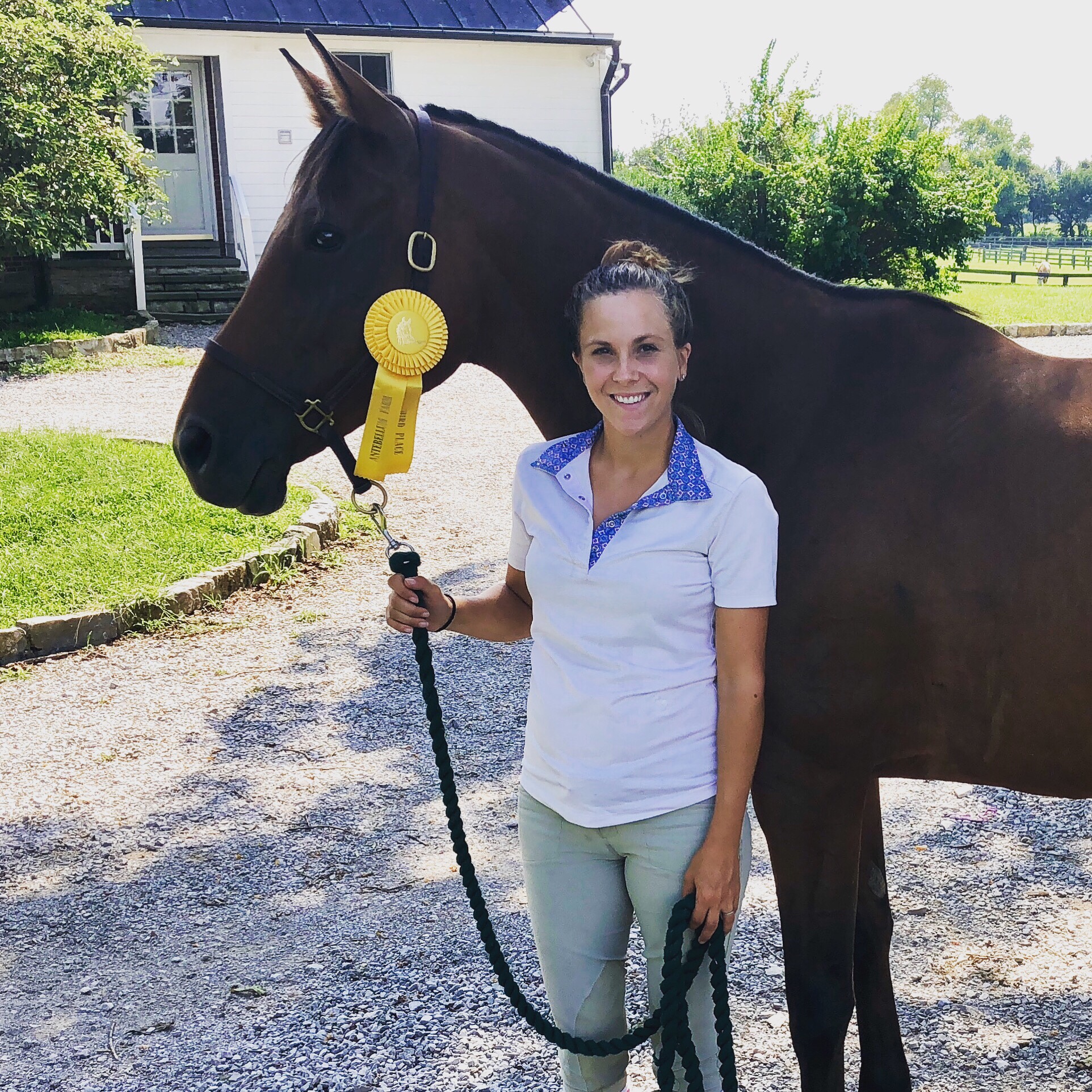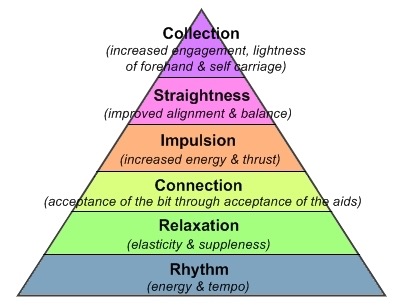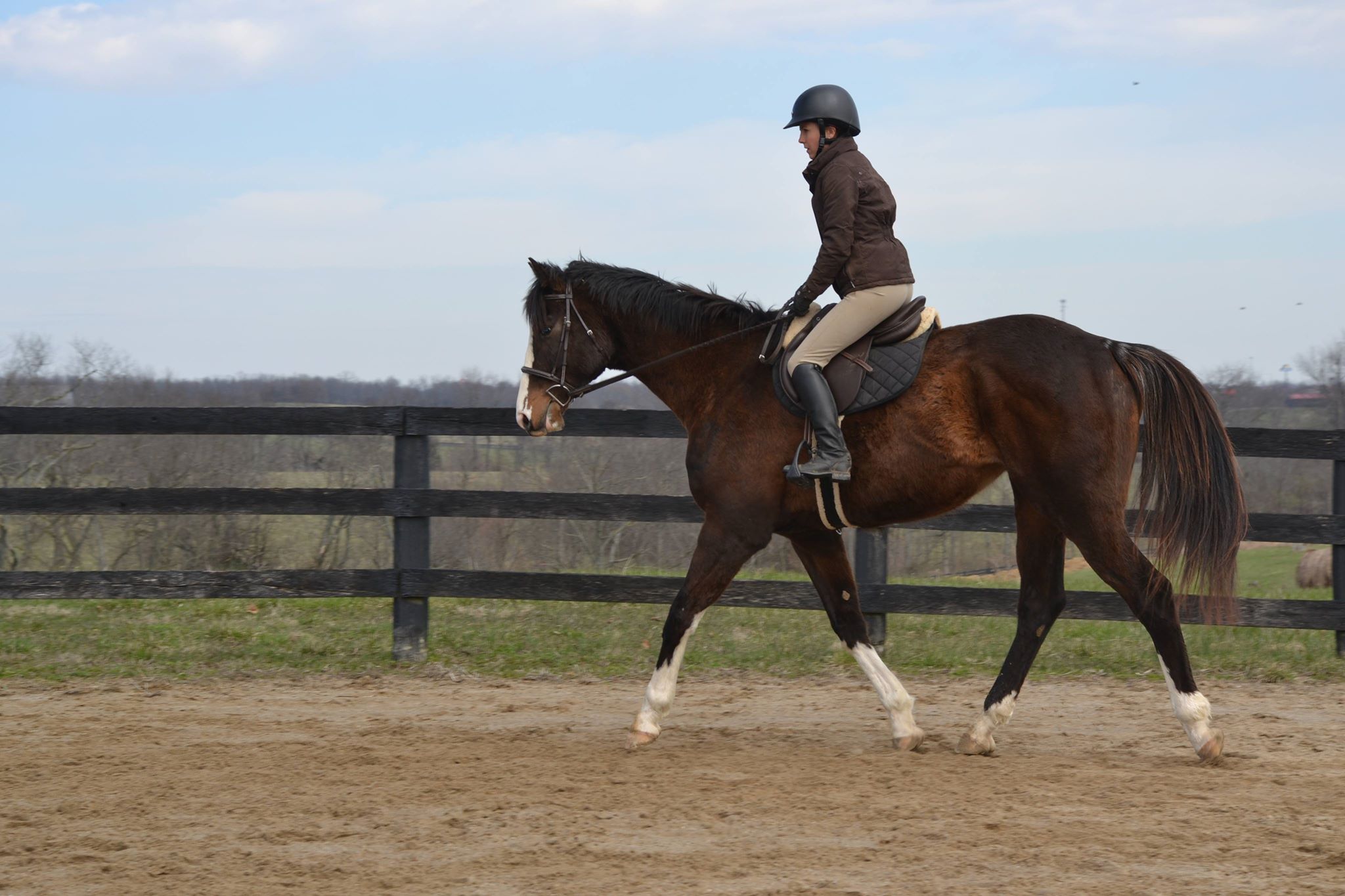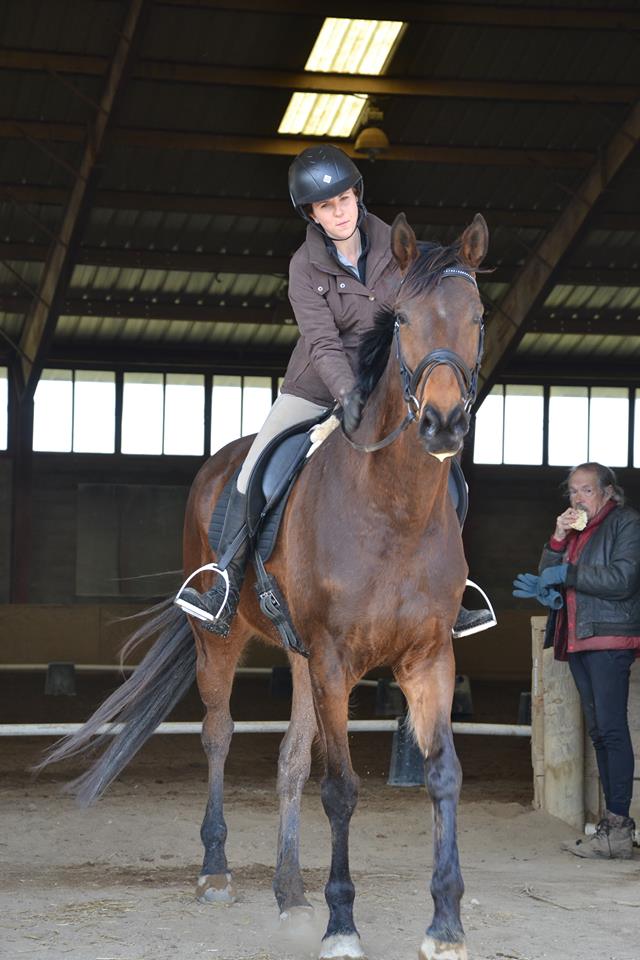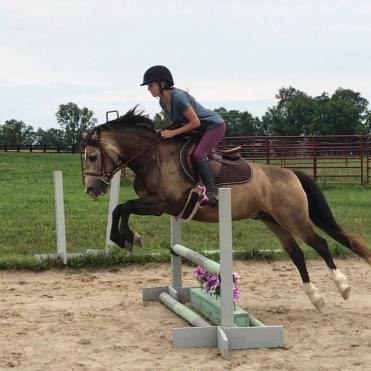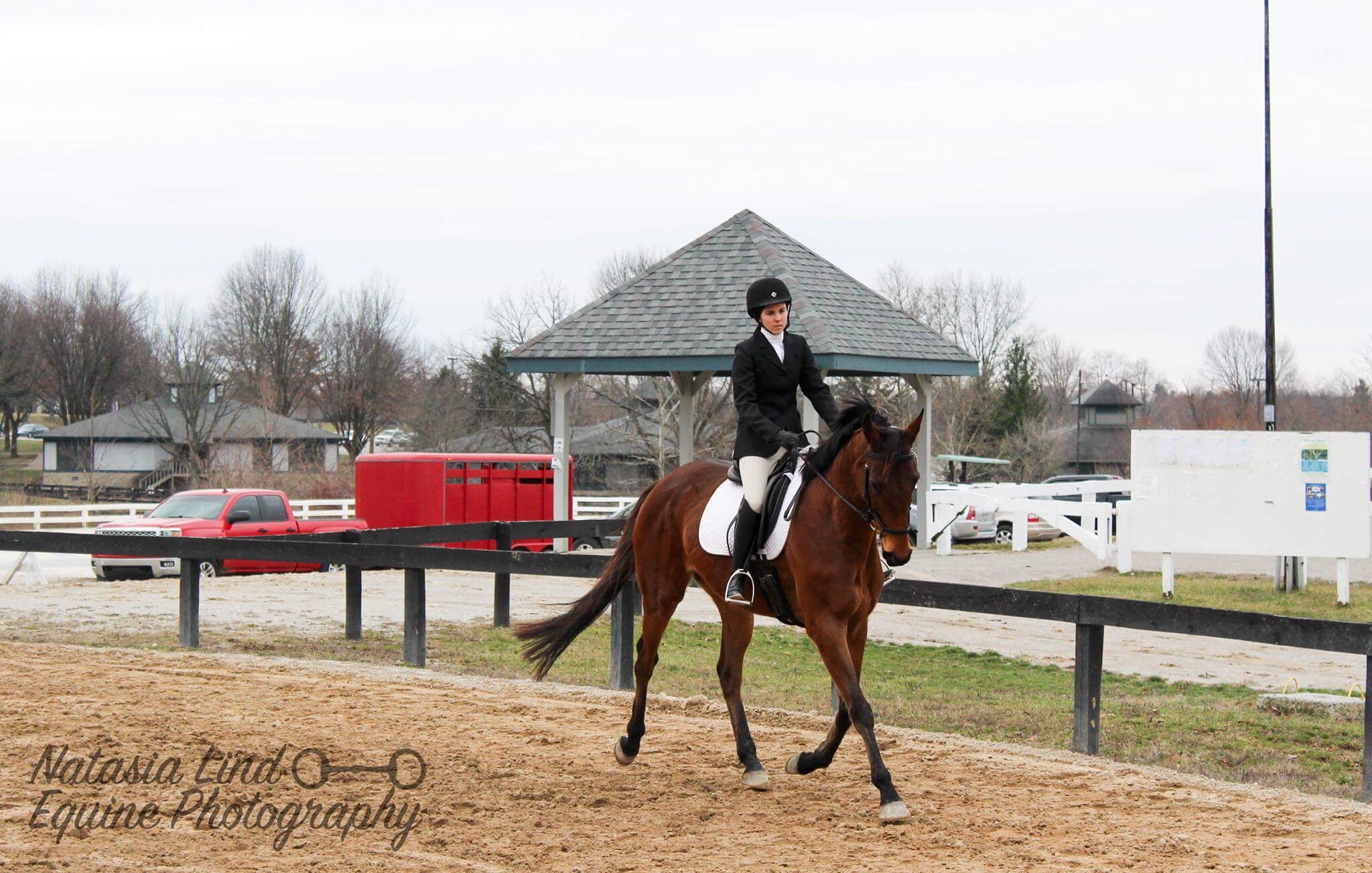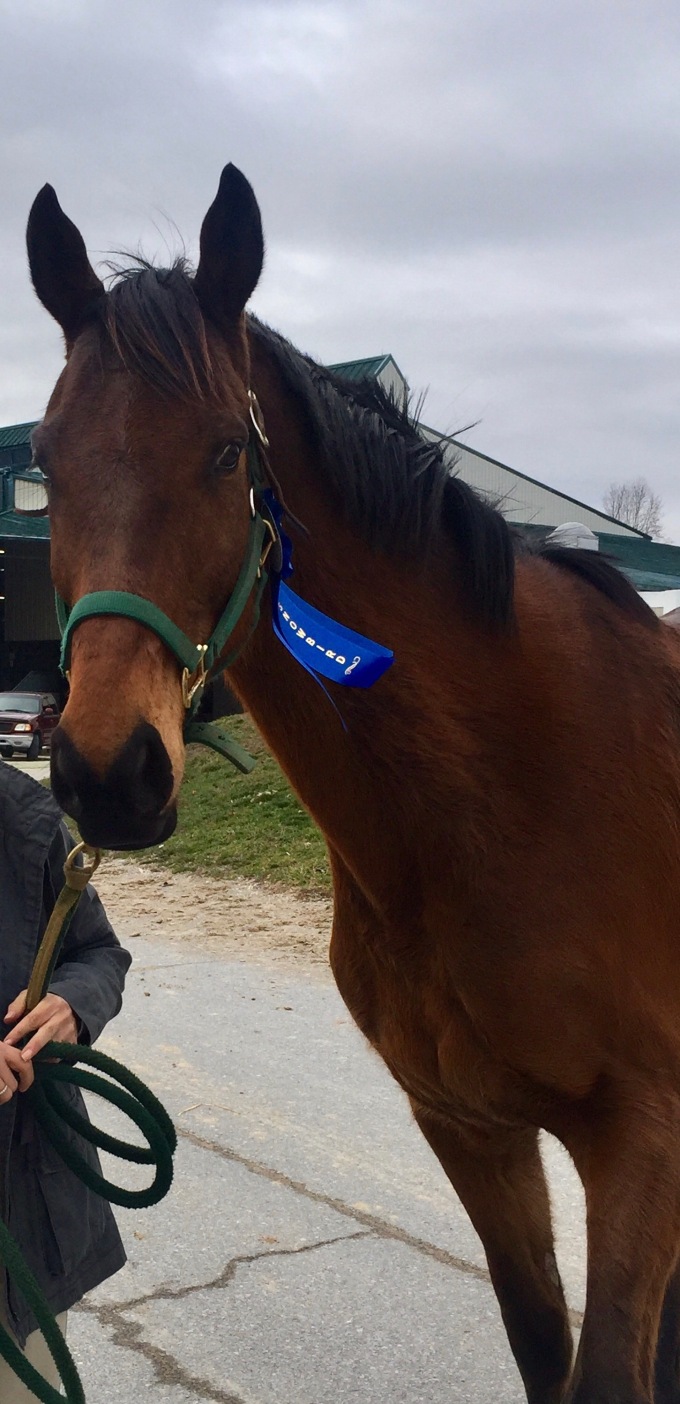Well, here we are again! Back on the Makeover path for 2023! Against my better judgement, I found myself hitting the “Submit” button on the Makeover application. I was delighted, and a touch worried, to receive the coveted acceptance email two weeks ago. With a full-time job training and selling young warmbloods, a farm of my own full to the brim of client and personal horses, a family with a 4 year old (going on 13), and oh — did I mention a broken ankle? — maybe a touch worried is the understatement of the century. If you don’t laugh you’ll cry, right?
Yet, there’s one thing I wasn’t at all worried about, and that was finding my makeover mount. With all the fantastic connections I’ve built over the years, I was lucky enough to have him already standing in my barn. Just a month prior, I had gotten a text from a friend asking if I needed a new project, and even though I really didn’t, I found myself hooking up the truck and trailer to pick up a barely castrated 4 year old liver chestnut with the most adorable white face. (Do you see a trend in my decision-making abilities here?)
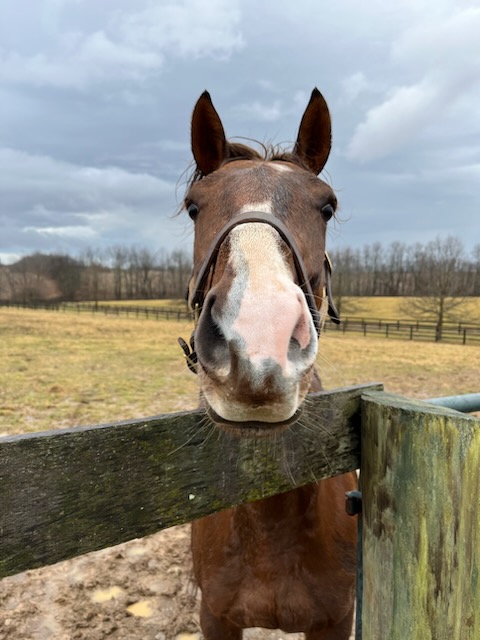
Lucky Devil — a 2019 gelding by Daredevil, out of Lasting Rose.
So, Lucky Devil came home with me. And for the last two months he’s been adjusting to sport horse life, doing ground work and building muscle. I had sat on him one time and was eagerly creating a training plan in my mind when it was all derailed by a broken ankle. Here we are laughing instead of crying again!
But we make do (mainly because we have no other option)! So as I hobbled around my barn, doing what little my family, friends and boarders would allow me to do with the horses, my toddler asked me one day if she could feed Lucky treats. Here I was, with a barely four year old horse, gelded maybe two months ago, standing in the crossties, myself in a boot and my little girl begging to give him cookies. I reluctantly agreed and hovered nervously. Much to my surprise, Lucky was an absolute saint and gingerly took treats from her hand. I watched in awe.
I marinated on the interaction for a long time. How did I end up with such a lovely, quiet animal, even though I’ve barely worked him? Was it sheer, dumb luck? Probably. Was it my skill in choosing horses? Definitely not. The more I thought about it, the more I realized that there have only been a handful of horses that have stepped foot on my farm in the last three years that I didn’t trust to be around my daughter. Maybe three in 50+ horses that I didn’t inherently trust. But why?

Sale horse, Love that Star, snuggling with Emmy.
Here’s the conclusion I’ve come to: I don’t protect them.
The overriding factor in each of these dozens of horses is the way they’re handled the moment they step foot on the farm. I don’t protect them. Not in turnout, not in the barn, not at any point in my relationship with my horses. Now, I promise I love them dearly, so just hear me out.
In turnout — I let them be a horse. I don’t try to protect them from all the things that come with being a horse. Minor injuries, bites, the weather, etc. I let them roam, play and interact with other horses. I’ll say that one again — I let them interact with other horses. I’ve learned that horses teach other horses so much faster than you or I ever would. They learn about personal space, about reading body language, about being respectful. All of these things play a factor in creating a calm, trustworthy animal.
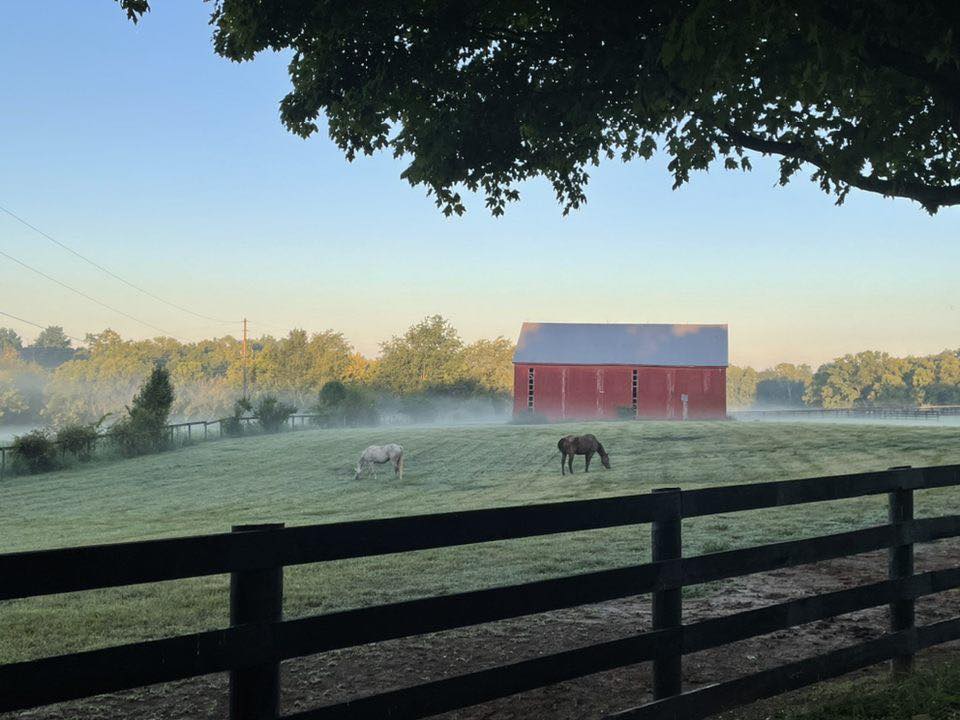
Happy ponies in turnout!
In the barn — I let them be a little stressed. My barn is not the calm, quiet mecca for horses. There’s kids running around, tractors, four-wheelers, noises and spooky things. I don’t protect them from trivial outside stressors and because of that, the horses learn very quickly most things are no big deal.
In my relationship with them — I’ve stopped babying my horses. I set boundaries with my animals and I don’t protect their feelings when they overstep those boundaries. It is very important to me that I react to unwanted behavior swiftly and fairly. If they take over my personal space, nip at me, or rush through a gate, whatever it may be — I give them a big no and then take the pressure off. Horses learn when the pressure comes off and in order for the pressure to come off, you have to put it on in the first place! (I’m thinking this one is a whole blog post for another time!)
While I may not be riding, I may not be training, I may be months behind other trainers on this journey, I know I’m still creating a solid foundation to build upon with every interaction. Maybe I’m a bit old-fashioned, but my horses are consistently fantastic to be around and easy to train because I don’t protect them. Their minds are calmer, they are less stressed and more willing to trust me in all situations. I’ve created a safe space for my horses by not protecting them, by letting them make mistakes and learn from those mistakes. So when it comes time to step back in the stirrups, I know Lucky will be willing, honest and trusting in me.











